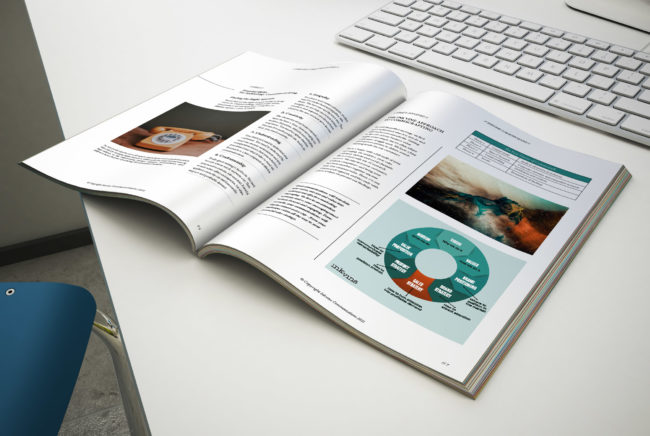I was first taught how to write a press release well over a decade ago by Ellen Gunning, someone who literally wrote the book on PR. Several books actually. And unlike many things in marketing, not much has really changed since then! The basic rules are as follows:
1: Get everything into the first sentence.
The who, what, why, when, where and how should all get crammed into the first sentence or two. It may not scan perfectly. You might want to set the tone, but that’s not the point. Get the whole story in at the start. The logic here is simple. Imagine the paper or site you’re hoping to get covered by only has a small amount of space left. Can your story fit in? If it’s all in one line, then your story could fit anywhere. Consider your first paragraph as a tiny synopsis of your whole release.
2: New paragraph for each new point.
List your most important points first. The logic here is that editors are busy, and important. If your piece is too long, they’ll edit from the bottom up, cutting at the end of a paragraph if necessary. Make sure your release can stand alone no matter where it’s cut. Put the content you can stand to live without closer to the bottom!
3: Don’t be yourself.
Basically, “Our company is excited to announce the launch of…” is wrong. You need to write the whole thing from a (seemingly) unbiased, and independent perspective. “The Inkvine Agency announced today it’s intention to launch…” Make it as easy as possible for the publication to use your content with a minimal amount of effort.
4: Be modest. and Factual.
If you throw in too many flattering terms or advertorial statements about your own brand, your release will go straight to trash.
“The innovative and world leading Inkvine agency, renowned for its affordability, announced today that…” is clearly a load of self-aggrandising twaddle. While “The Inkvine Agency which was set up in 2016…” is less likely to raise eyebrows, and more likely to get used.
5: Have something to say.
There’s a reason it’s called ‘News’ and not ‘Olds’. (I remember Ellen saying that to the class to this day) Cheesy, but still true. Is your press release newsworthy? Is it information that people are eager to know about? What’s the hook and what’s the angle? If there isn’t one, you’re unlikely to hit.
There are plenty of other rules, but to my mind, these are the ones that matter – because they are as practical and relevant today as they were ten years ago. Deliver the release in a way that is easy to read, and easy to copy and paste. Keep images small unless you have a dedicated address for high res image transfer. Make sure all the company information, dates, contact email etc are there and easily read.
On top of these basics there are a few other house-rules. If you don’t want the release to go out until a specific date or time, make sure you clearly label the embargo. Make sure you clearly mark where the press release ends and where your notes to editors start. (It helps to write ENDS in big letters). If you’re including photos, make sure they’re very high quality, original and you provide variety and image captions with all names, dates etc.
Many PR agencies have house styles. Some will add a list of bullet points to the header, some will provide punchy headlines. The ‘rules’ aren’t really rules, but they will make your content fit for purpose. If you’d like a free Press Release template, sign up for our e-zine. We’ll send you one 🙂


